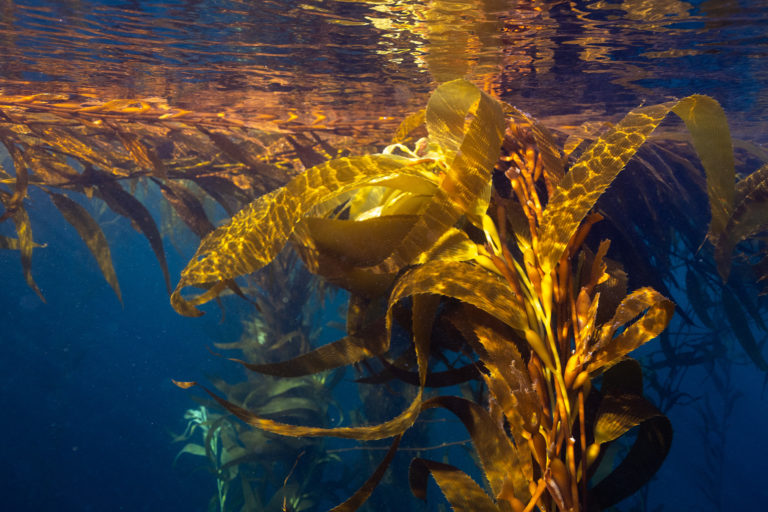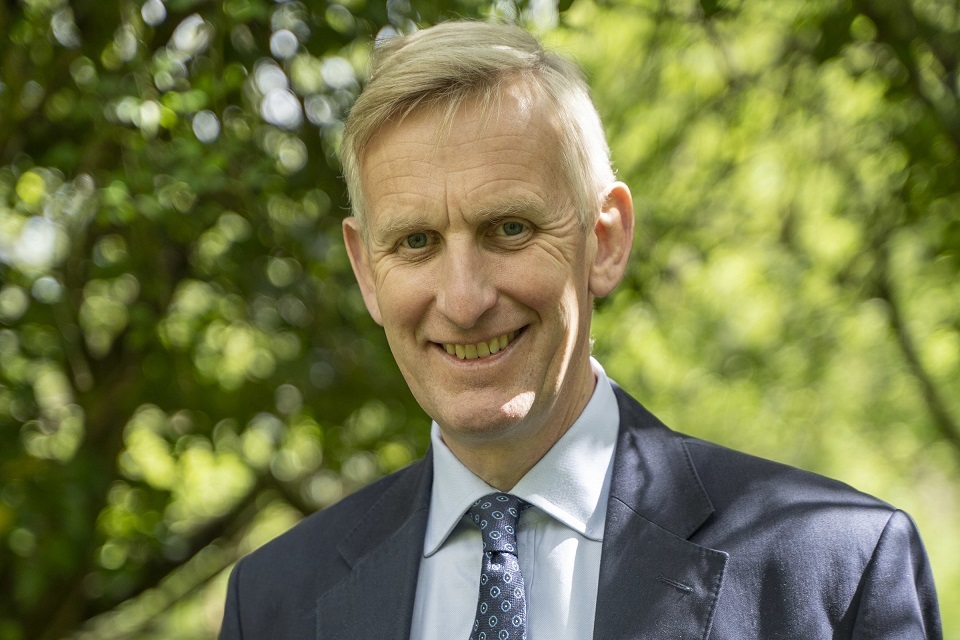Justin Trudeau has urged China, Russia, Brazil and other large countries to massively expand protected areas for nature at Cop15 while putting Indigenous rights at the heart of conservation, as momentum gathers behind a controversial target to conserve 30% of Earth.
On Wednesday, the Canadian prime minister committed C$800m (£510m) of funding over seven years for Indigenous-led conservation projects in his country across an area the size of Egypt, starting a “story of reconciliation” with Indigenous peoples.
He made the announcement in Montreal, where governments started negotiating this decade’s UN targets for protecting biodiversity yesterday. Canada is co-hosting the summit with China amid tensions between the countries.
Name-checking China, Russia, Brazil and the US, Trudeau said ensuring that the biggest countries expanded conservation areas was vital for a successful agreement at Cop15, and urged them to get behind a “Canada level of ambition” for the final text.
A new draft of the agreement was published after pre-negotiations over the weekend, with at least 22 targets and four goals being discussed. Proposals including those on human wildlife conflict, trophy hunting, repurposing subsidies, nature restoration and expanding protected areas are under consideration.
“We are putting forward a new model around conservation with Indigenous-led protections with government participation, and even drawing in private sector and philanthropic initiatives because it is powerful,” Trudeau told a media roundtable attended by the Guardian after the Indigenous-led funding announcement.
“Indigenous communities leading on this is a really good thing. What we’re able to do here is not just show a story of conservation, but a story of reconciliation, about recognising that it’s these partnerships that are going to be essential going forward,” he said.
Indigenous peoples have been found repeatedly to be the best guardians of biodiversity, and conservation projects led by Indigenous people have seen success in reviving ailing populations globally, including a recent effort to save endangered caribou in western Canada.
“It’s relatively easier for a small country to sign on to [expanding protected areas to 30% of land and sea]. But getting the big ones on board is really important,” Trudeau said. “One of the focuses that I wanted us to have at this Cop was making sure we’re engaging and calling out as much as possible those countries with the big sweep of land and coastal areas to make a difference.”
The Cop15 summit comes weeks after the Chinese president, Xi Jinping, publicly rebuked Trudeau at the G20 and a scandal over allegations that China interfered in Canada’s 2019 federal election.
Trudeau said Canada was keen to work with Beijing on climate and biodiversity, but said his country had agreed to co-host Cop15 after the talks were moved from China this year on the understanding they would raise the ambition of the final text.
“We’ve always said that we are going to challenge China on human rights and rule of law,” he said. “But there are areas where we’re going have to cooperate with China and work collaboratively. The climate is always the example of that. And if we can do it on biodiversity … then this is good for the world.
“I think you can look at the deliverables out of the first part of the Kunming Cop15 to see that there was ambition, but I guess Canada’s level of ambition is stronger and higher and bigger,” he said.
The 30x30 initiative – to protect 30% of land and oceans by 2030 – is backed by a coalition, led by the UK, France and Costa Rica, of more than 100 countries, but has received significant pushback from some Indigenous groups and human rights organisations, who say it raises the prospect of land grabs and further violence against communities scientifically shown to best protect nature.
On the first day of formal negotiations, the idea of what constitutes a “protected area” was facing significant scrutiny. The EU was accused of trying to water down the target by arguing that extractive industries such as mining and drilling should be allowed in protected areas, provided they did not negatively affect biodiversity
An Lambrechts, head of the Greenpeace International delegation to Cop15, said: “If the EU successfully waters down 30x30, it will pave the way for areas protected under 30x30 becoming areas protected on paper but not in reality.”
Within the 30x30 agreement, the EU wants 10% under strict protection, but within the remaining 20% it would allow extractive industries such as mining and drilling, provided this did not have a negative impact on biodiversity.
Ladislav Miko, from the European Commission, who is a special biodiversity envoy from the Czech Republic, said not allowing any extractive industries under 30x30 was “hardly realistic”. He said there would be an environmental impact assessment to work out if the activity in question would damage biodiversity. “Generally speaking, it is excluded, but it is dependent on the status of the protected area,” he said.
Negotiations at Cop15 are scheduled to run until 19 December.
Find more age of extinction coverage here, and follow biodiversity reporters Phoebe Weston and Patrick Greenfield on Twitter for all the latest news and features


